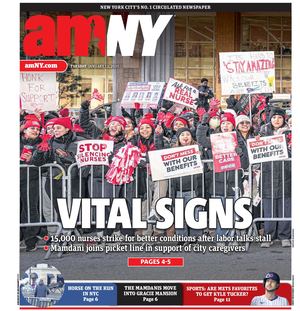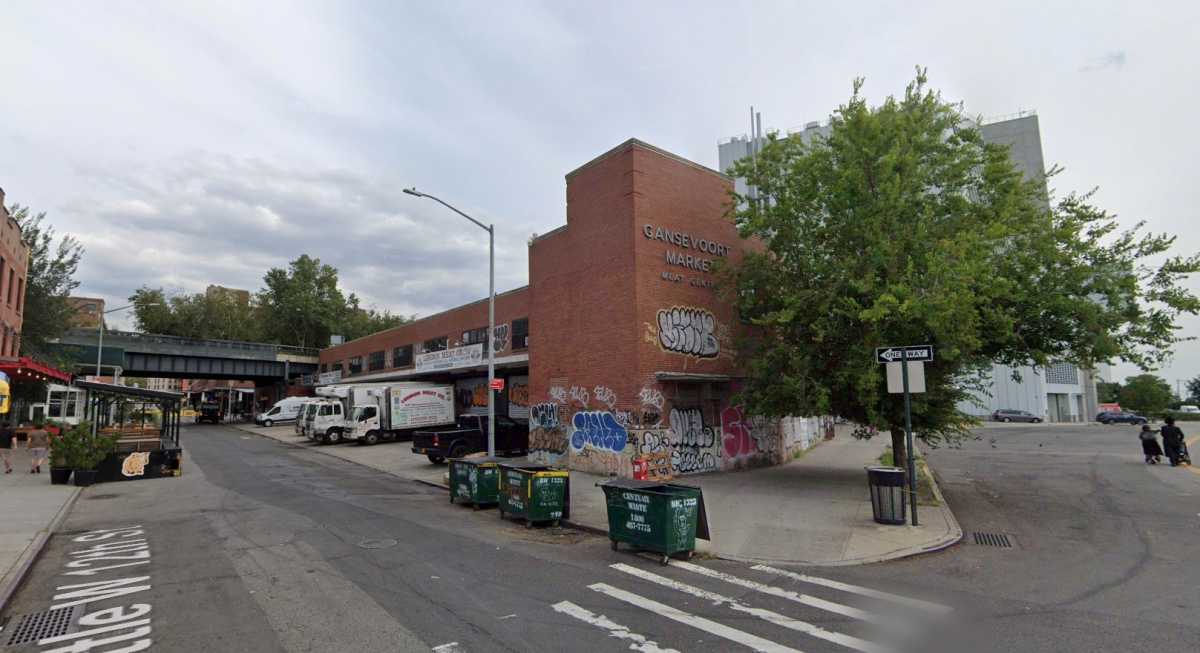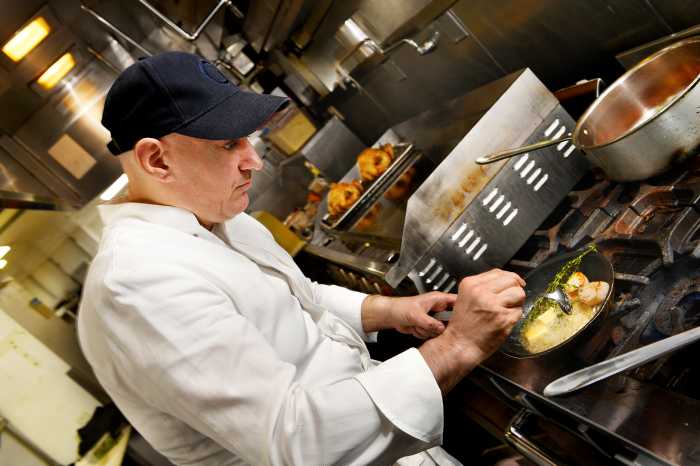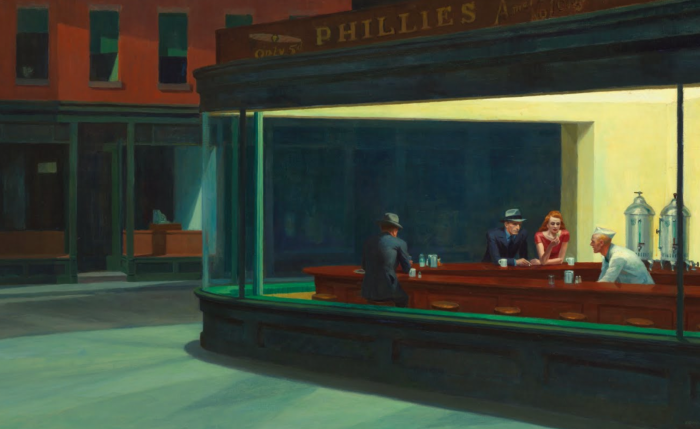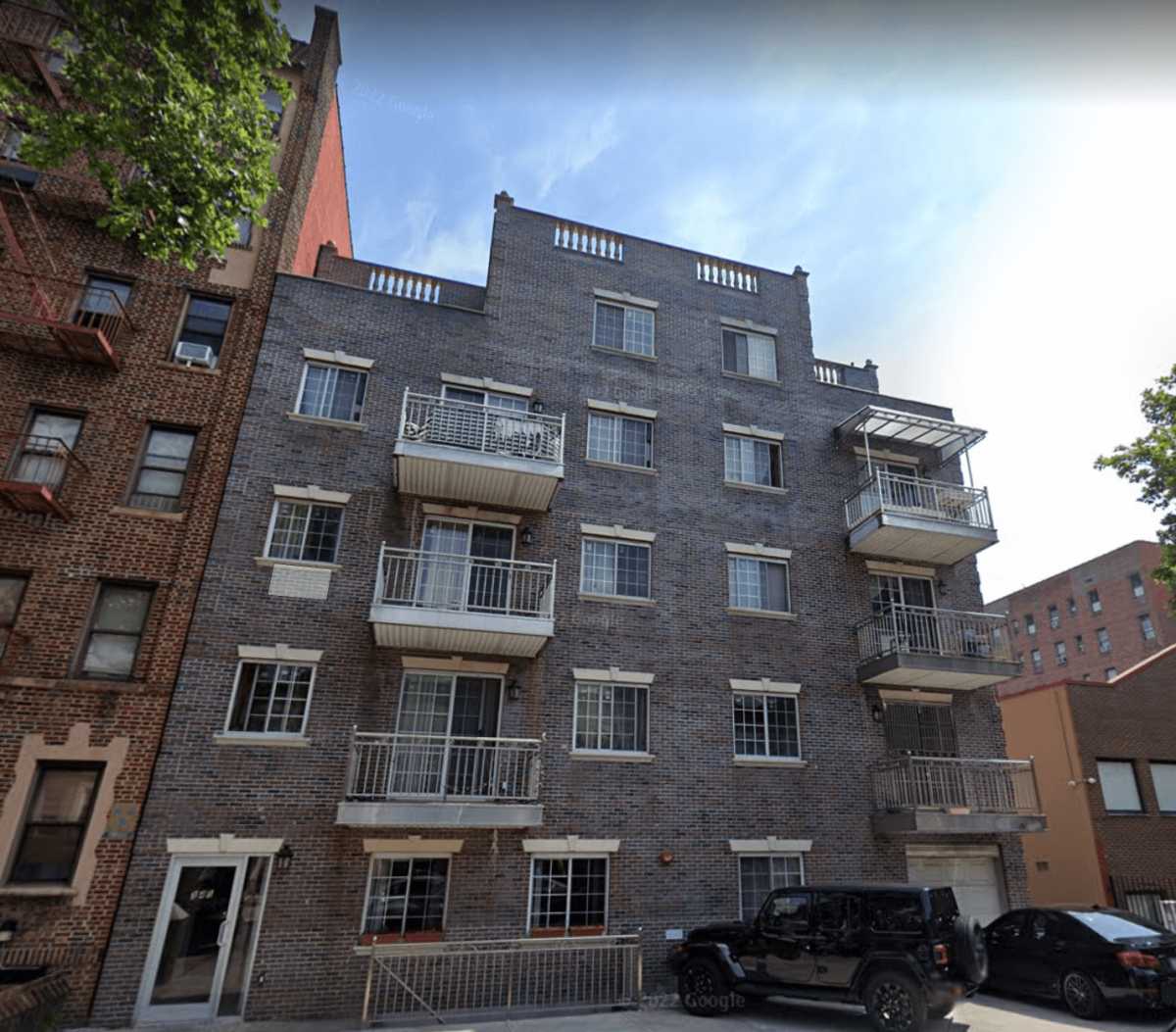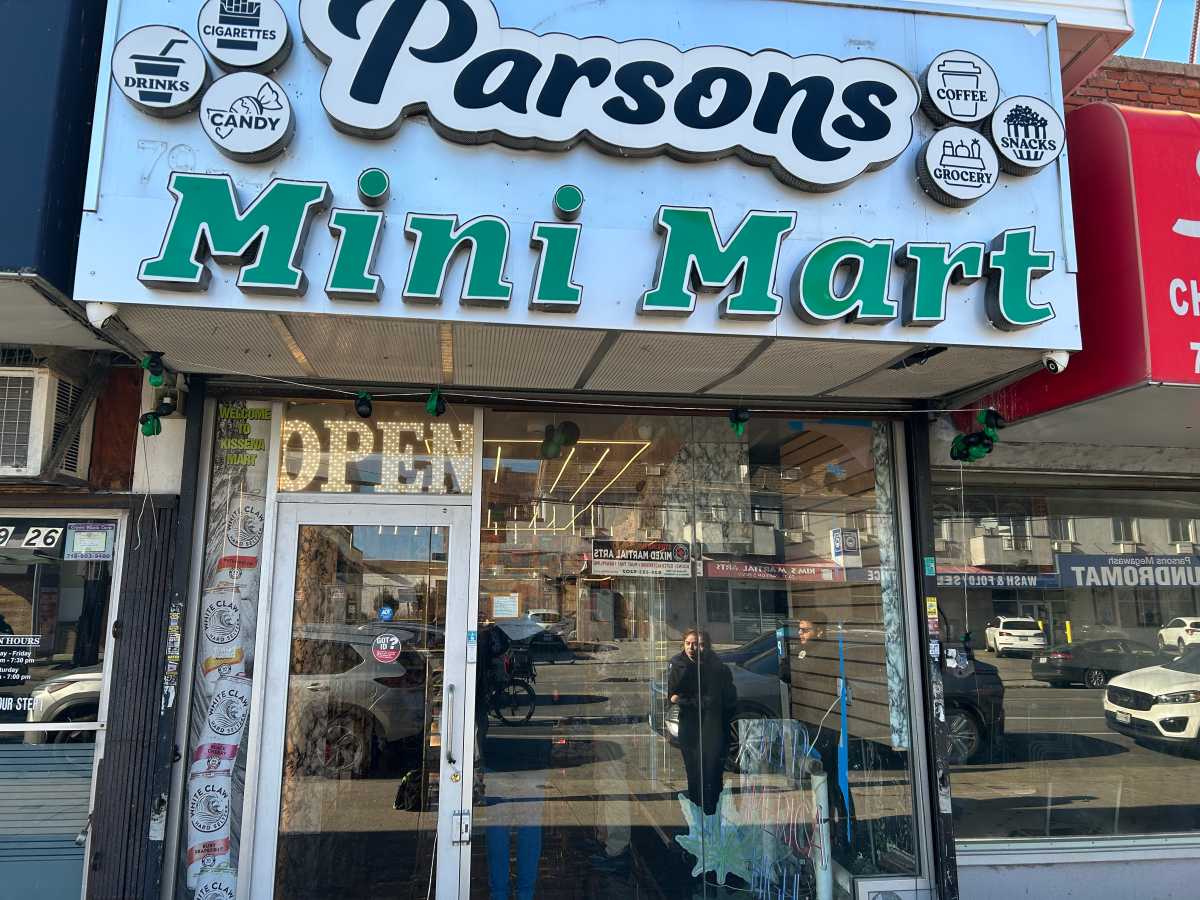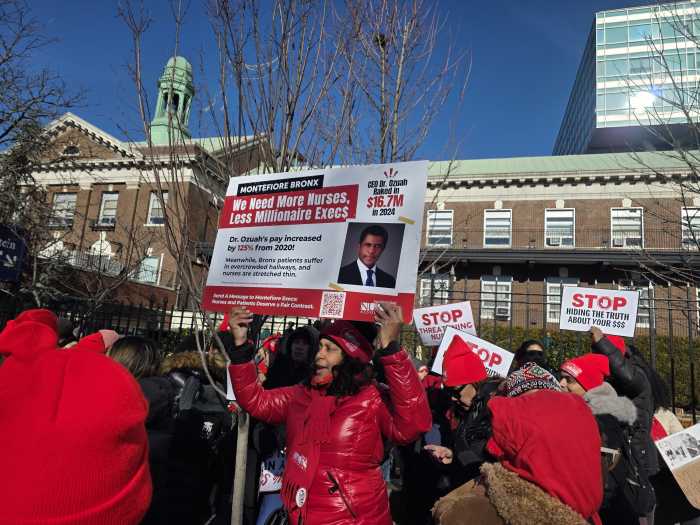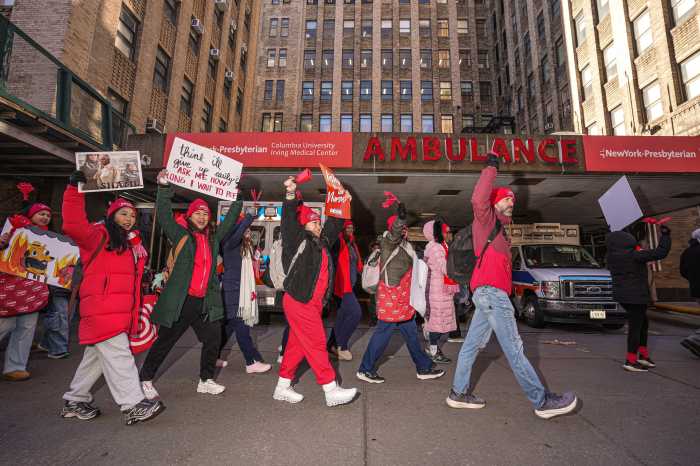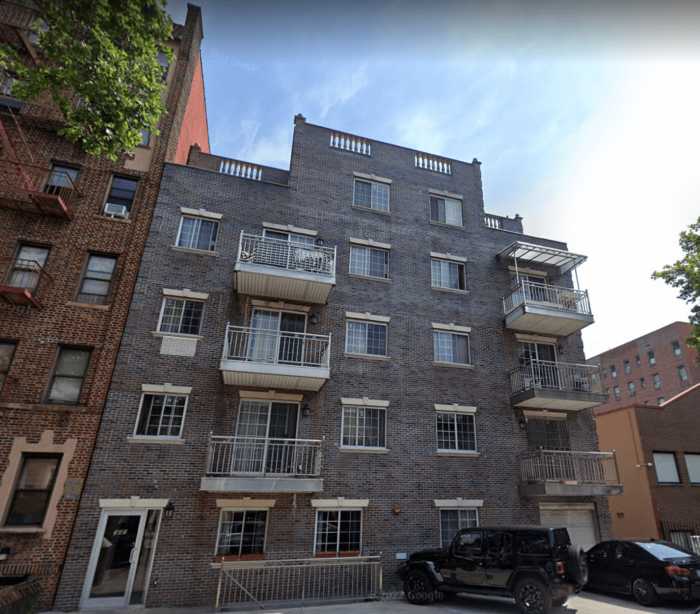The Gansevoort Market Co-Op in the Meatpacking District may soon become the neighborhood’s newest housing and cultural destination, City Hall officials announced Monday.
At the Association for a Better New York breakfast on Oct. 28, First Deputy Mayor Maria Torres-Springer outlined a “vision” for Gansevoort Square, a 66,000-square-foot redevelopment plan on the market’s site at the corner of Little West 12th Street and 10th Avenue, that will feature the creation of 600 new mixed-income housing units, an open pavilion and the potential expansion of the nearby Whitney Museum of American Art.
“The new vision for Gansevoort Square is the type of exciting, forward-looking project our administration is known for and the exact kind of project we want our city to continue to dream up and deliver,” said Torres-Springer. “In one area, we are delivering on much-needed affordable housing, creating more public space, and offering opportunities for two cultural icons to expand. This endeavor requires strong partnership amongst many stakeholders and is a multi-agency collaboration that shows government’s capacity to reinvent.”
The Gansevoort Market site became available in August when its current tenant, the Gansevoort Meat Market, announced it would leave early in cooperation with the city and the Economic Development Corporation. John Jobbagy, Gansevoort Market president, said the opportunity to relocate to a more modern facility came “along at the right time,” as the current site no longer meets “up-to-date standards for processing and distribution.”
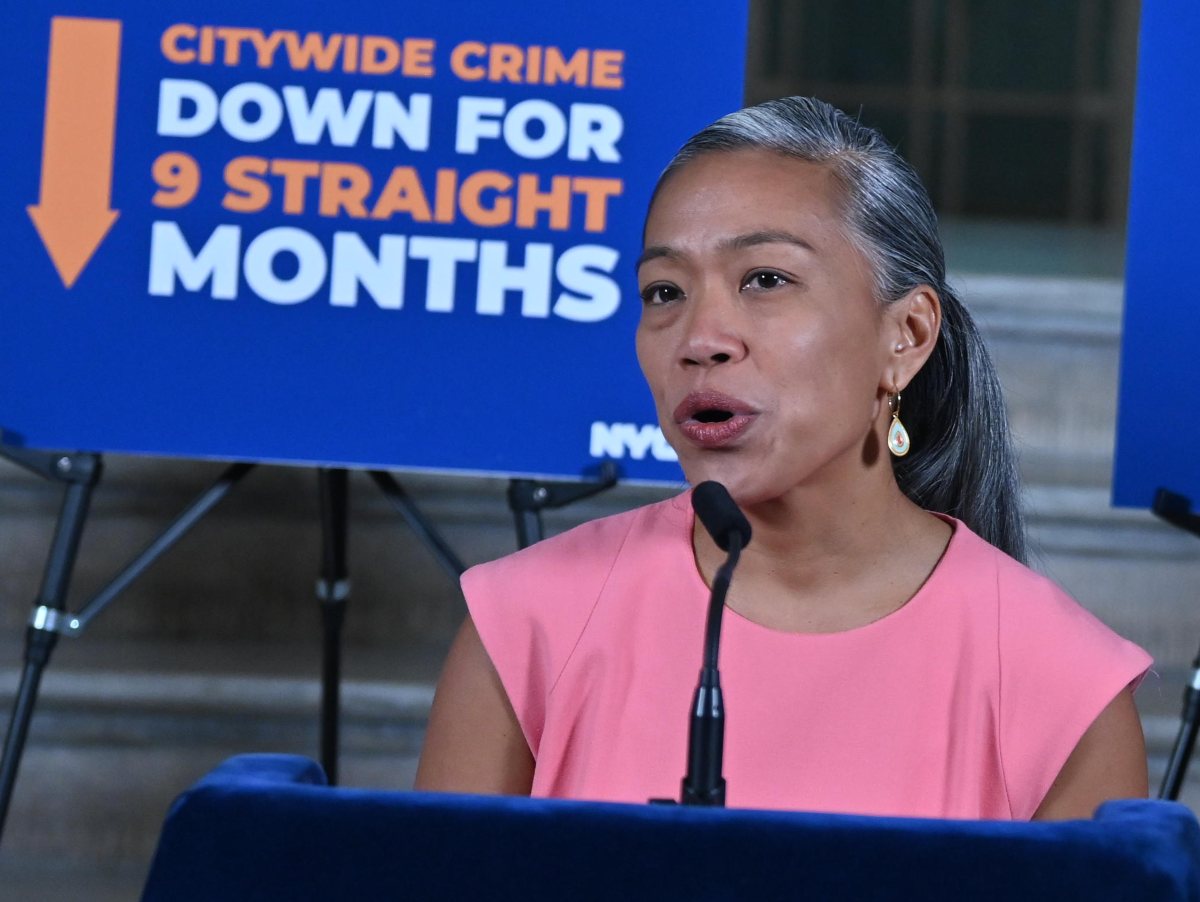
While the meatpackers have left the district bearing its name in the last 30 years, the neighborhood has transformed into one of the trendiest living spots, anchored by numerous cultural institutions linked together via The High Line — the elevated freight rail line-turned-public park.
Mayor Eric Adams said Monday that the vision for Gansevoort Square would only add to the Meatpacking District’s strength as a residential, cultural and entertainment destination.
“The potential we have here is endless, and we’re excited to take the next steps towards turning our vision into a reality,” the mayor said. “I’m grateful to our partners at the Gansevoort Meat Market, Councilmember [Erik] Bottcher, the Whitney, the High Line, and more with whom we’re embarking on this next chapter in Gansevoort Square’s history together.”
At the heart of the Gansevoort Square plan is the creation of 600 new mixed-income housing units, about half of which the city anticipates will be classified as affordable housing without any need for public subsidization of the development costs.
The new housing will be adjacent to an 11,200-square-foot public plaza that will host various events all year long. The vision plan also includes creating a new 45,000-square-foot cultural space, and the Whitney Museum will have the right of first offer to develop a new gallery and related education and learning spaces.
The High Line itself will also be provided with additional space to expand its cultural offerings.
The Mayor’s office said the Gansevoort Square vision would be publicly reviewed in the months to come through a community engagement process, “kicking off” with conversations with local partners, including Manhattan Community Board 2 and City Council Member Erik Bottcher.
“The Whitney and the High Line are treasured institutions on the West Side, and I’m excited that they’re considering this opportunity,” said Bottcher. “I look forward to working with all stakeholders and the wider community to envision this site for cultural and park uses, along with the potential for much-needed affordable housing.”
Board 2 Chair Susan Kent added that the advisory body is “eager to learn more and do our part to achieve the best possible results for our community and our city.”
Read More: https://www.amny.com/business/
